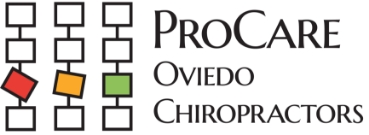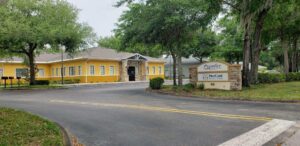Recently, we began the discussion of shoulder injuries. First, we started off with the causes of a shoulder dislocation. Today, we are sharing the symptoms, diagnosis, and treatment for a dislocated shoulder.
Shoulder dislocation from a car accident:
Last time you were visiting our blog, we started to share valuable information on dislocated shoulders. Now, we want to share more information. Before you even know you have a dislocated shoulder, you may presume you have pulled a muscle or broken your shoulder.
Dislocated shoulders can be extremely painful or come with very mild pain. This makes it difficult to truly know what is going on inside the shoulder. Severe pain in the shoulder is one of the more obvious symptoms of a dislocated shoulder.
Dislocated shoulder symptoms:
 A person with a dislocated shoulder will experience trouble moving their affected arm. You may notice swelling and bruising similar to any other injury area. Because there may be damage, a patient may feel weakness or numbness close to the shoulder or the entire arm.
A person with a dislocated shoulder will experience trouble moving their affected arm. You may notice swelling and bruising similar to any other injury area. Because there may be damage, a patient may feel weakness or numbness close to the shoulder or the entire arm.
Patients may also experience numbness or weakness in their neck, arm, hand, and fingers. Another seemingly obvious symptom is if you arm seems to feel out of place. If the arm seems out of place, either the shoulder is dislocated or is at least injured to some degree. The shoulder joint is a ball-and-socket joint, so when the ball pops out of socket, it is painful.
Lastly, patients report experiencing muscle spasms in the shoulder. This is the body’s way of reacting to the shoulder dislocation. The spasms can also be the body’s attempt at putting the ball back into the socket.
As we stated last week, there can be a partial dislocation, or a subluxation, or a patient can experience a full shoulder dislocation. There are three ways doctors classify shoulder dislocations.
Three types of shoulder dislocations:
The first type of dislocation is called an anterior dislocation. In this type of dislocation, the top of the humerus, or upper arm bone, is displaced forward towards the front of the body. Anterior dislocations make up more than ninety-five percent of all dislocations making it the most common type of shoulder dislocation.
 This is commonly caused by an overstretched arm in older patients. For younger patients, this dislocation is mostly caused by sports or playing around. The next type of dislocation is called the posterior dislocation.
This is commonly caused by an overstretched arm in older patients. For younger patients, this dislocation is mostly caused by sports or playing around. The next type of dislocation is called the posterior dislocation.
Posterior dislocation involves the tops of the humerus displaced toward the back of the body. This is a more rare type of dislocation only amounting to about two to four percent of diagnosed dislocations. This is the type of dislocation that may result from a seizure or electric shock.
However, a posterior dislocation may also be a result of a blow to the front of the shoulder such as during a car accident. The third type of dislocation is called an inferior dislocation. This type of dislocation is the least common type of the three types.
There are usually only one case in 200 cases. There are multiple causes for this type of dislocation. This rare type can occur from simply rolling over in bed or after mundane, regular motions. In some cases, the shoulder ligaments are abnormally loose.
Visit ProCare to avoid astronomical ER bills:
If you have been involved in a car crash or simply have shoulder pain, call our Oviedo office to be seen by our experienced medical professionals. Coming to our office may save you plenty of money compared to what you would have spent at the emergency room.
Make an appointment today for a full examination and testing for a proper diagnosis. Next time, we will share more about injured shoulders.
Staff Writer



